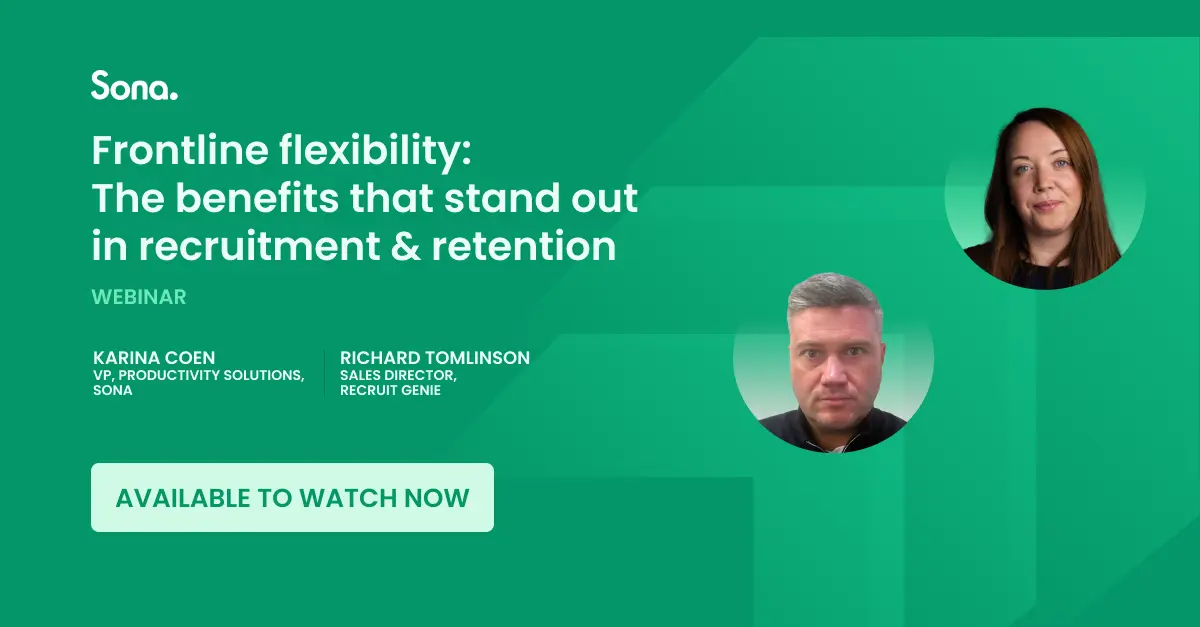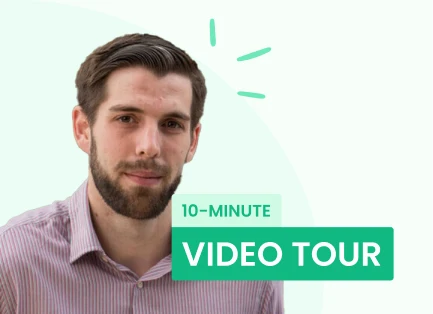How long does it take to implement a WFM solution?
Once we made the decision to take Sona, we monitored the return on investment from it and we believe it took a maximum of six months. Effectively the first three were the set up phase and the learning phase. Thereafter, there was the transition phase for the people who were using the existing system. [...] Then we started to see the effects of Sona clearly. From start to finish, six months.
Nick Swash, Deputy CEO
Working with a diverse set of Care leaders and implementation experts, we’ve learned that planning and communication define the long-term success of a roll-out.
Based on this research, we've outlined the following practical steps leadership teams need to consider, including an indicative timeline. However, the size of an organisation and its current tech stack will significantly influence the duration of the process.
For a customised assessment, book a learning call with one of our experts here.
Decision-making & initial research: 1 - 2 months
Defining the requirements
Searching for a solutions starts with researching each department and uncovering the source of inefficiencies. This will involve reviewing historical data, highlighting focus areas, then surveying managers and teams for further context to understand their experience.
For example, team members might highlight consistently finding errors with payslips or holidays, and that they would benefit from more flexibility in their schedules. Both can be linked to a scheduling system that doesn't communicate correctly with an HR solution.
Depending on the size of the organisation and the urgency of the project, leadership teams may not always be in a position to survey their entire workforce, but involving engaged frontline team members in the decision making process and assessing their daily pain-points can help with two important challenges:
- Identifying the solution requirements
- Obtaining staff buy-in
- Highlighting potential change champions
Interviewing staff for their perspective allows them to feel more involved with the process from the start and pays dividends later in the journey when team members will be needed to “champion” the solution. These are colleagues who are excited for change and are influential within the organisation.
Beyond the daily experience of front line staff, leadership teams also dedicate this time to identify any current systems that will limit scaling - whether this growth comes through expansion or acquisition.
Acknowledging these limitations now and including a requirement for robustness and scalability will future proof the selection process while also supporting the current needs of the organisation.
Building the implementation team
Once leadership teams have clearly defined the scope of the challenge, the next step is to assemble an internal implementation team and equip them with the KPIs produced by the research phase.
The implementation team structure will depend on the size and complexity of the organisation but it typically includes:
- A C-level lead (or a board committee) for the Project Manager to report to and who will sign off on final decisions
- A Project Manager or Implementation Lead who is responsible for driving the project
- Growth and Development Managers who ensure the implementation is repeatable and scalable
- Data/Business Intelligence Analysts to provide support with transferring information from old solutions to new ones
- Support Team Leads who will champion the solution on the frontline
Depending on the organisational impact of the new solution, there could also be a need for Individual departmental managers such as HR Manager, Finance Manager, etc. to be involved, particularly in order to inform the decision and communicate the changes to their teams.
Selection and preparing the transition: 1 - 2 months
The Social Care tech ecosystem
With the complexity associated with a large Care provider, a holistic view of the current tech stack will help implementation teams better assess the providers they're considering.
Capturing how solutions interact will yield the most accurate view of the current infrastructure and how it impacts efficiency.

Click here for an interactive version of the tech map.
The selection process itself has a variety of steps. To help implementation teams, we've produced a separate in-depth guide breaking down the types of WFM systems (legacy, non-Care specific, and next-generation) and listing:
- Pain-points indicating when is the time for a new approach
- The potential ROI of Care-specific, next generation solutions
- How to begin the transition
Read now: Making a digital transformation business plan for your large Social Care organisation
Moving from an old system to a new solution
After signing a contract with a tech provider, the roll-out process begins. The start of the knowledge transfer will often set the tone for how teams will use the new solution, so setting it up for success deserves a dedicated effort.
The Implementation Lead will begin working closely with the software provider to transfer knowledge and customise the solution according to the organisation’s needs. This step ensures that the new solution is informed by accurate and clean data. The data set can cover everything from employee documentation, supported individuals files, financial information, and more.
While the Implementation Leam ensures a smooth process and an accurate data transfer, the Growth and Development Managers will oversee the process, so it remains scalable.
The team at Yorkshire Care Group worked closely with the Sona team to clean their data, then transfer it to their new solution.We spent a few months working closely with Sona to ensure it was fit for purpose. We had two dedicated team members become internal experts on the system, facilitating knowledge transfer and customisation.
This approach allowed us to tailor the solution specifically for our needs, whether for our learning disability unit or care home unit.
Nick Swash, Deputy CEO
Communication and roll-out: 1 - 2 months
Managing fear of change
Communication is essential to managing fear of change amongst teams. As previously mentioned, involving staff in the initial research process mitigates the concerns that generally arise when individuals don't feel in control or aware of a change that will impact their day-to-day activities.
This is a joint effort with the solution provider, particularly in terms of formulating the benefits. Building intrinsic motivation and excitement starts when individuals are aware of what they stand to gain from a new solution.
To achieve this, an implementation team will organise:
- training documentation
- accessible FAQs
- scheduled training sessions (online or in-person)
- designated peer champions to support staff who might feel nervous to reach out to a manager
When I first heard about Sona - obviously I’m not great at tech - I thought ‘Oh another thing to navigate!’ but to be fair, it worked out really well. Once I saw it, sometimes with a little bit of help which was easily available, I found it very very easy. […] It’s saving me a few hours per week of my personal time because of how easy it is to track everything in my schedule.
Joy Lilley, Complex Support Worker (21-year career in Care)
Testing and going live
Generally, there two approaches to testing a new solution: the pilot approach and the full roll-out.
Organisations with multiple types of sites and high degrees of complexity can benefit from the pilot approach. This means implementing the solution in one location first to monitor how the team takes to it and implement learnings in other locations subsequently.
The full roll-out means running the new solution alongside the old one for a set amount of time to ensure there is a back-up for any issue and smooth out any friction.
Either method affords a generous margin to find potential shortfalls of the new solution before a complete migration.
For more details on this step of the process, you can watch Louise Gibson, a change management expert, in this webinar: From purchase to roll-out: How to prevent implementation pitfalls.
Success metrics
ROI, efficiency, and growth
Intelligent shift deployment can have a significant impact on organisations, in terms of efficiency and cost savings that don't impact the employee or supported individual experience - but rather enhance it.
Yorkshire Care has seen:
- 70% time reduction when reconciling payroll
- 50% time reduction when invoicing
- Up to 2 hours a day on days off for carers who can use self-service features on the app to check their schedule, book holiday, or claim overtime
- 2-6 hours per week saved for each Team Lead on schedule management
Additionally, unlocking leadership teams' potential for growth and scaling operations is an essential metric.
If your leadership teams are confident they can grow easily because they are no longer bound by processes, the ROI of a solution is uncapped and true scalability is achieved.
Before, if we had three opportunities, we'd take only one because it would take some time to on-board the opportunity and bring it into our processes. Now we can take all three, and streamline them into our processes, and whilst we’re doing that, we can go and look for the next one, rather than having the entire team focused on one laborious implementation for one growth strategy.
Claire Bunker, Growth and Development Director
Discover more: This Social Care digital solution ROI calculator returns a blueprint made for leaders looking to make similar transitions.
Improved staff retention
Automating scheduling and increasing skill-specific shift allocation should allow for increased staff satisfaction across every level of the organisation, therefore positively affecting retention.
We were experiencing, as many Social Care providers do, up to a third of our staff moving to other companies. Our churn has gone down now to 18% and this month we’re looking at a further reduction to around 12%.
Nick Swash, Deputy CEO
Yorkshire Care has seen a reduction in churn from the sector standard of 32% to 18% at the end of March 2024, and they anticipate this will be down to 12% at the end of the quarter. They attribute this in part to digitisation enabling the flexibility their staff needed, as well as to the excellent company culture they’ve built around communication, teamwork, and being a modern employer with exceptional standards.
Staff wellbeing has benefited. It's improved massively. It's also improved the lives of managers that were dealing with rota systems before. Overall, and the individuals that we support, it's really benefited everybody because everybody now knows what's happening. There is that consistency of care.
Emily O’Callaghan, Registered Manager
Building a culture of aspiration
A well planned implementation that delivers on staff benefits can inspire everyone to see change as a positive process.
Claire Bunker described how they built a culture of aspiration at Yorkshire Care, where teams now ask:
- What could we achieve with a new process?
- What benefits can we have next?
- How can we change it again and make it even better?
And that aspiration is for staff and development, individuals we support, quality of care, profitability. Sky's the limit. And that, as a culture, makes it an amazing place to work.
Claire Bunker, Growth and Development Director
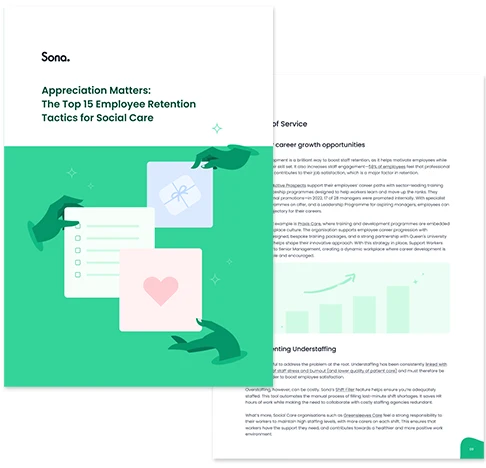
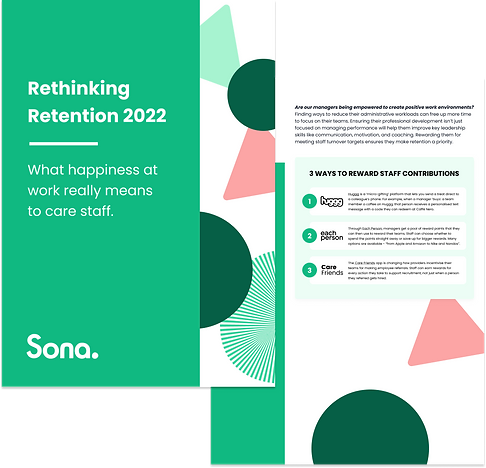
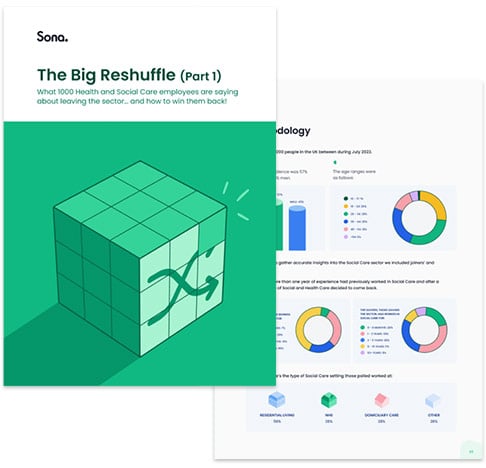
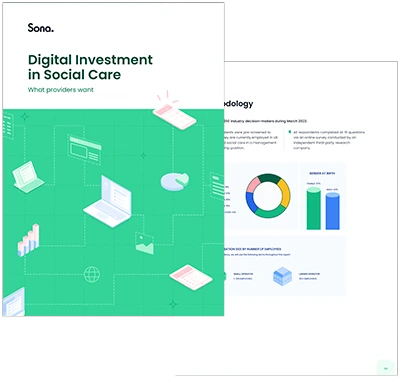
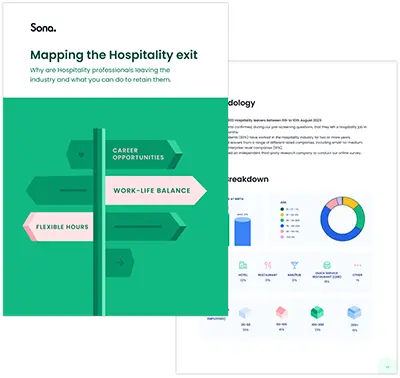

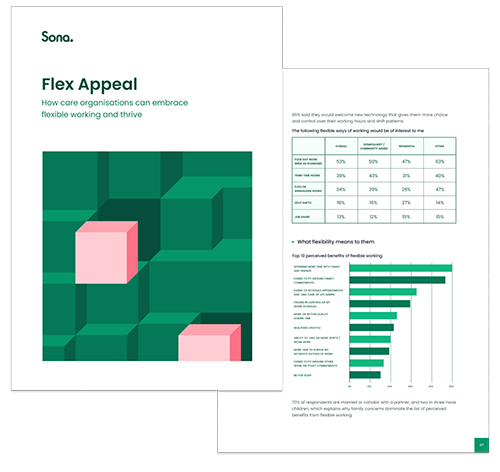
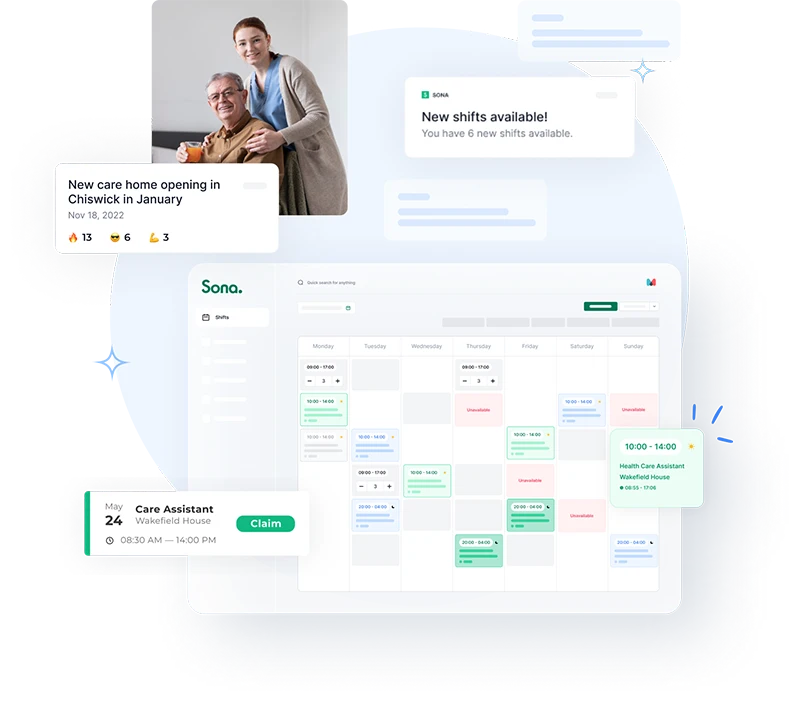
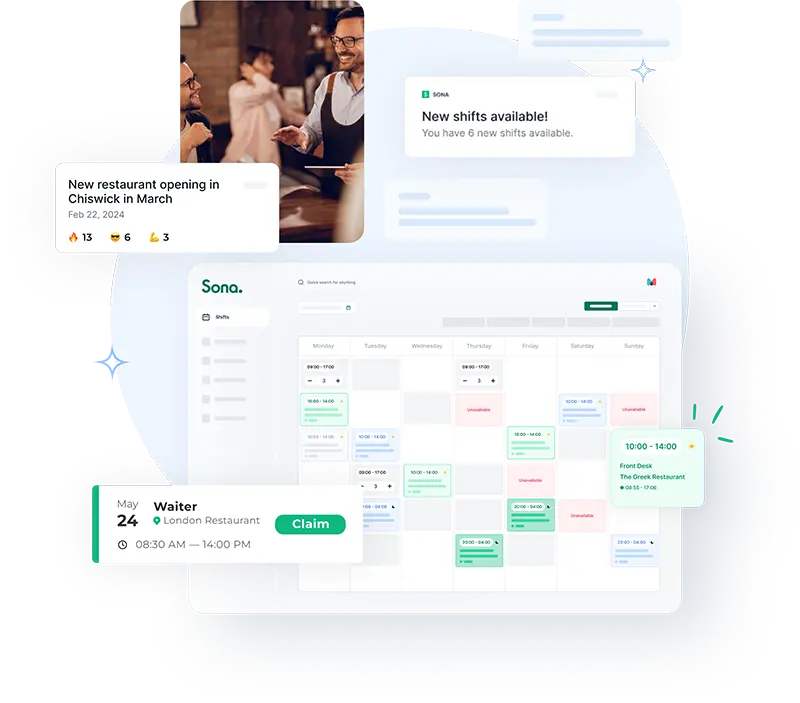

.webp)

